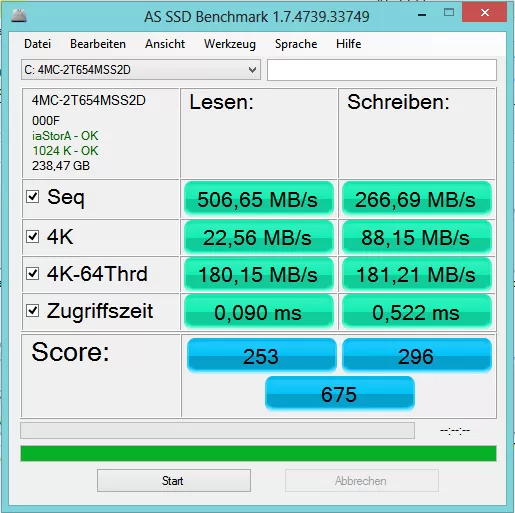
Note: If it prompts you to use the "enhanced" or "advanced" method do not use it, click no, it can write random data, and there is also the possibility that it may access parts of the drive that it shouldn't! It is basically an experimental, non-regulated setting that is meant to be "more secure." Now a verify window will pop up, select "Yes" to continue.Leave the password as "NULL" and click OK.

Some drives indicate that they have a password requirement.If you don't get this message, move on to Step 7. If you get a message stating that your SSD drive is "frozen," click the Sleep button to put your PC to sleep, then wake up your system and start over from Step 3.Select the disk that you want to secure erase.Now select the "Internal:Secure Erase command writes zeroes to entire data area" option which will write zeroes to your entire data area" option.Once booted, at the main screen got to Start > System Tools > Erase Disk.Once bootable load it and select option 1 (default settings).Download parted magic and make a bootable CD or USB: Parted Magic.To backup any information on the drive you are secure erasing if you want the data back after: ( link).This in turn resets all the NAND cells on the SSD and leaves the drive's data in an unrecoverable state and at factory speeds.ĭisk Drive Secure Erase for User Data: ( link) Secure erase is where the SSD controller issues the ATA Securiy Erase Unit command that applies a voltage spike at a specific voltage to all of the NAND simultaneously flushing the stored electrons from the flash memory cells, thus cleaning the NAND.

With an SSD, all you need is to perform a "secure erase." The SSD's controller is responsible for that, and due to wear leveling algorithms, wouldn't get you the intended results. Wouldn't work properly because just like the OS, DBAN and similar cannot control where it writes to on the drive. Not good for the drive because it writes to the drive too many times.

First, it's not good for the drive, and second, it wouldn't work properly anyway. It is not safe to use DBAN Nuke or similar on SSDs. How to: Secure Erase your Solid State Drive (SSD) with Parted Magic


 0 kommentar(er)
0 kommentar(er)
